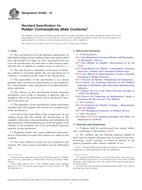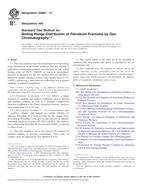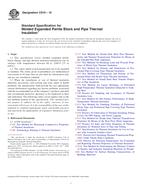1.1 This practice describes a data format for transferring information from a sewn product computer aided design software program to a device that produces physical output, typically in the form of a printed or drawn image on paper.
1.2 This practice is based on a subset of the Hewlett Packard Graphics Language HPGL/2. Supported syntax and limitations are listed in 7.2. Unsupported syntax is listed in X1.1.
1.3 This practice only supports X-Y vector data and a limited set of additional functions. No provision is made to support bitmap/raster data used in applications like inkjet printing.
1.4 This practice supports a single system of units, an image fixed at 100 % scale and 1:1 aspect ratio. Scaling and custom unit systems are not supported.
1.5 This practice does not support curve interpolation or definitions. All curves are represented by discrete vectors (stroked) and are dependent on the resolution of the CAD software.
1.6 This practice requires that all coordinates are absolute, not relative, as defined in the HPGL/2 reference.
1.7 This practice only supports positive coordinates that are measured from a single X-Y origin point with coordinates 0,0.
1.8 This practice only supports fixed width fonts. Variable width fonts are not supported.
1.9 This practice intends to transfer a static image with no provision for editing.
1.10 This practice assumes monochromatic output. It does not support implied output colors.
1.11 This practice imposes no limits on the width or length of the plot data. Physical limitations imposed by the hardware and their effects on the output are the responsibility of the hardware manufacturer.
1.12 This practice does not support frame advance commands or any methods that insert multiple origin points or floating coordinate systems.
1.13 This practice limits the plot file to contain a single block of data demarked by a compatible header and terminator. Multiple blocks of data in a single file are not allowed.
1.14 The intended application of this practice is limited to the class of output devices found in the sewn product industries that produce apparel, textiles, upholstery, and others that use soft or semi-rigid materials.
1.15 This standard does not purport to address all of the safety concerns, if any, associated with its use. It is the responsibility of the user of this standard to establish appropriate safety and health practices and determine the applicability of regulatory limitations prior to use.
Product Details
- Published:
- 07/01/2008
- Number of Pages:
- 4
- File Size:
- 1 file , 67 KB
- Redline File Size:
- 2 files , 130 KB


